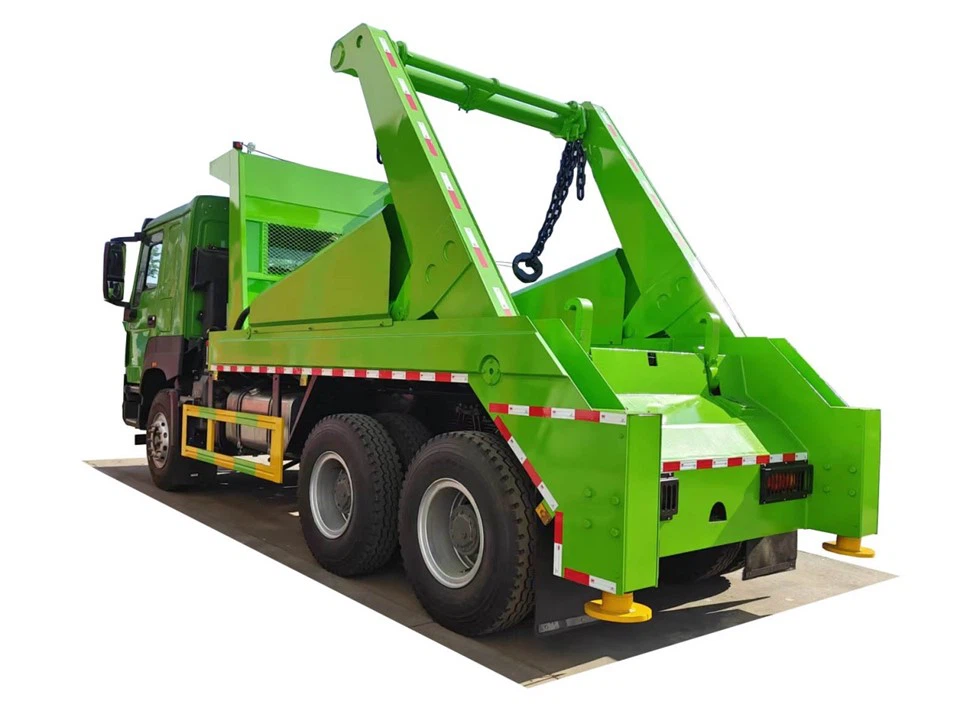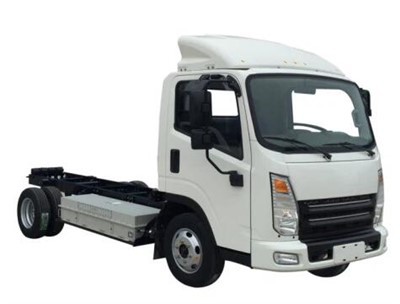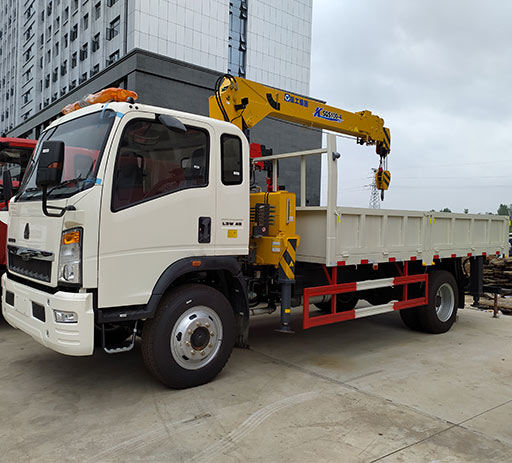Extended Cab vs Crew Cab Silverado: A Comprehensive Comparison

When it comes to choosing the right pickup truck, understanding the differences between the various cab styles is essential. The Chevrolet Silverado is a popular choice among truck enthusiasts, offering versatility, practicality, and comfort. Two of the most sought-after cab types in the Silverado lineup are the Extended Cab and Crew Cab. This article will delve into the key differences, advantages, and practical considerations for each option, helping you make an informed decision.

What Are Cab Styles in Trucks?
Cab styles refer to the design and configuration of the truck’s passenger compartment. The cab’s layout impacts passenger space, storage options, and overall usability. Understanding the different styles can significantly influence your driving experience and functionality.
Overview of Silverado Cab Options
The Chevrolet Silverado offers three primary cab styles:
- Regular Cab
- Extended Cab
- Crew Cab
While the Regular Cab provides seating for two or three passengers and maximizes bed length, the Extended Cab and Crew Cab are designed for those who need additional passenger space. This article focuses specifically on the Extended Cab and Crew Cab models.
Extended Cab Silverado
Design Features
The Extended Cab version features rear access doors that open in a conventional manner (not suicide-style), allowing for easy entry to the back seats. This model is equipped with rear jump seats, making it suitable for occasional use. While it may not be designed for long journeys, it does offer additional passenger space when necessary. Here are some key design features:
- Two full-size front doors and two smaller rear doors.
- Rear seats suitable for two passengers.
- More cargo space than the Crew Cab due to a longer bed option.

Space and Comfort
While the Extended Cab provides additional seating, it has limited legroom and headroom compared to the Crew Cab. The seats are designed primarily for short trips, making it less suitable for larger families or frequent passengers. For example:
| Aspect | Extended Cab | Crew Cab |
|---|---|---|
| Legroom (Front) | 44.5 inches | 44.5 inches |
| Legroom (Rear) | 34.5 inches | 43.4 inches |
| Seating Capacity | Up to 5 | Up to 6 |
Pros of Extended Cab
- The Extended Cab often costs less than the Crew Cab, making it a more budget-friendly option.
- Offers a larger bed size than the Crew Cab, which can be beneficial for hauling larger loads.
- Lightweight design can enhance fuel economy.
Cons of Extended Cab
- Limited rear-seat comfort and space, which can be a drawback for families or ride-sharing scenarios.
- The smaller rear doors can restrict access for adults, making ingress and egress less convenient.
Crew Cab Silverado
Design Features
The Crew Cab configuration includes four full-size doors, providing ample access to both the front and rear seats. This makes it an ideal option for those who regularly carry passengers. Here are its key design features:
- Four full-size doors for easy access.
- More spacious rear seating area.
- Similar cargo bed options as the Extended Cab but with reduced bed length in some models.
Space and Comfort
The Crew Cab offers significantly more rear legroom and adjustable seating. With seating designed for comfort, it is better suited for both short and long trips, accommodating adult passengers with ease. Example specifications include:
| Aspect | Extended Cab | Crew Cab |
|---|---|---|
| Legroom (Rear) | 34.5 inches | 43.4 inches |
| Cab Height | Not as tall | Taller for easier entry/exit |
| Seating Capacity | Up to 5 | Up to 6 |
Pros of Crew Cab
- Ample room for passengers, making it a comfortable choice for families.
- Convenient access through four full-size doors.
- Higher resale value due to increasing consumer preference for spacious designs.
Cons of Crew Cab
- Generally higher sticker price compared to the Extended Cab.
- Limited bed length options, which can affect cargo capacity for certain models.
Comparison of Extended Cab vs Crew Cab Silverado
Cost Considerations
The price difference is often a significant factor when making your decision. The Extended Cab Silverado typically has a lower starting price compared to the Crew Cab, which can be appealing for budget-conscious buyers. However, as options and configurations increase, Crew Cab may be a better long-term investment.
Usage Scenarios
Your choice between the Extended Cab and Crew Cab should be influenced by how you plan to use your Silverado:
- If you primarily drive alone or with one or two passengers, the Extended Cab might suffice.
- If you frequently carry passengers, especially on longer trips, the Crew Cab is better suited for comfort.
- If towing or hauling equipment is your primary concern, weigh the cargo bed sizes against your needs.
Fuel Economy

| Model | Fuel Economy (City) | Fuel Economy (Highway) |
|---|---|---|
| Extended Cab | 16-20 MPG | 22-24 MPG |
| Crew Cab | 15-19 MPG | 20-22 MPG |
Cargo Capacity
Cargo capacity is influenced by bed size and overall truck weight. Generally, the Extended Cab configuration may allow for a longer bed, which benefits those needing to haul larger items. The Crew Cab, while offering less bed length in some configurations, provides a comfortable place for passengers while still being capable of hauling a substantial payload.
Practical Examples and Tips for Choosing the Right Cab Style
Assess Your Needs
Consider how you will primarily use the truck:
- For work and occasional passenger use, the Extended Cab may be more practical.
- If you regularly transport family or friends, go for the Crew Cab.
Test Drive Options
Before making a final decision, test drive both cab styles. Spend time in the back seats and assess comfort level—this can make a significant difference in long-term satisfaction.
Evaluate Resale Value
If you plan to sell or trade the truck in the future, keep an eye on market preferences. Currently, Crew Cabs tend to hold their value better since they cater to a broader audience.
Look for Deals and Incentives
Stay alert for dealership promotions that may affect pricing. Sometimes, you can find competitive offers on the Crew Cab, making it more affordable than anticipated.
Frequently Asked Questions (FAQs)
1. Which cab style is better for families?
The Crew Cab is generally better for families due to its spacious seating and ease of access, making it suitable for both short and long journeys.
2. Is the Extended Cab suitable for long-term passenger use?
While it can accommodate passengers, the Extended Cab is less comfortable for long trips, as the rear seats are not designed for adult passengers over extended periods.
3. Which option provides better cargo space?
The Extended Cab may offer a longer bed length, providing more cargo space depending on the configuration, while the Crew Cab offers slightly reduced bed length.
4. Are there significant price differences between Extended Cab and Crew Cab models?
Yes, the Extended Cab models typically start at a lower price point compared to Crew Cab models, though additional features can affect overall costs.
5. How do the fuel economies compare between the two?
Generally, the Extended Cab offers slightly better fuel economy than the Crew Cab, but the differences depend on the specific engine and configuration.
6. Can I install additional features in both cab types?
Yes, both the Extended Cab and Crew Cab versions can be equipped with a range of additional features such as enhanced audio systems, navigation, and comfort options. Be sure to explore available packages when making your choice.
